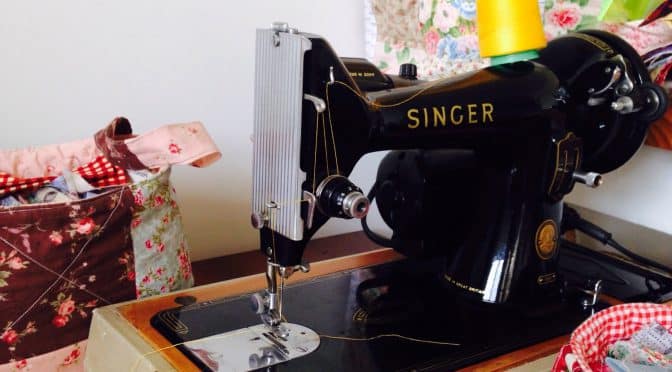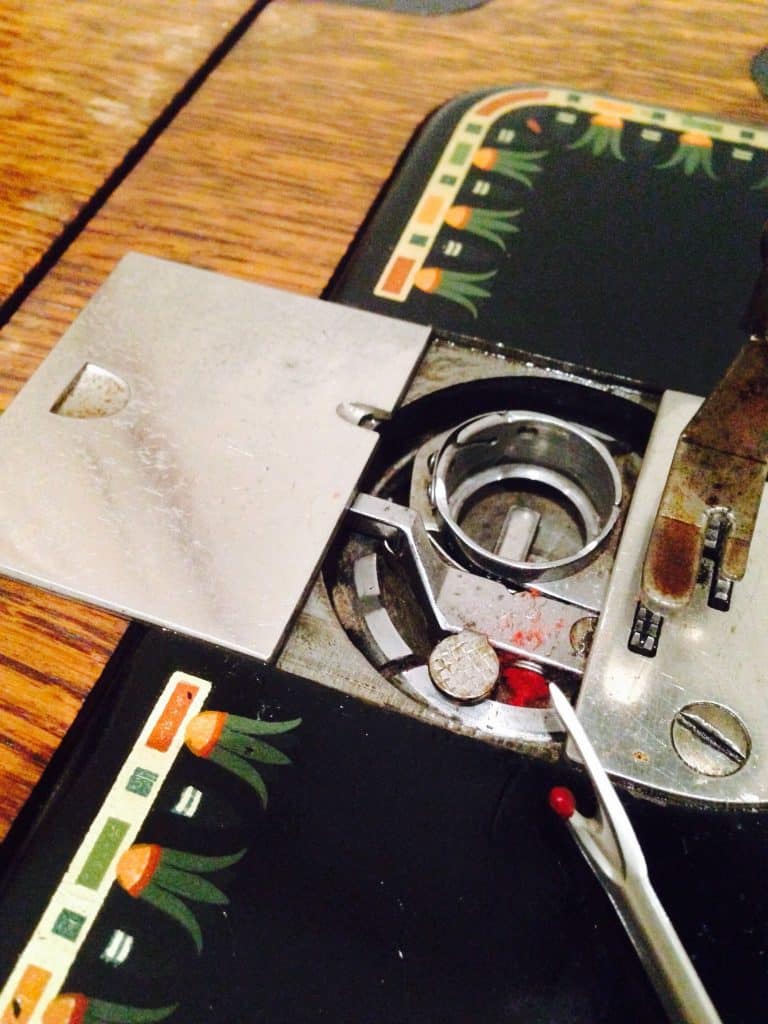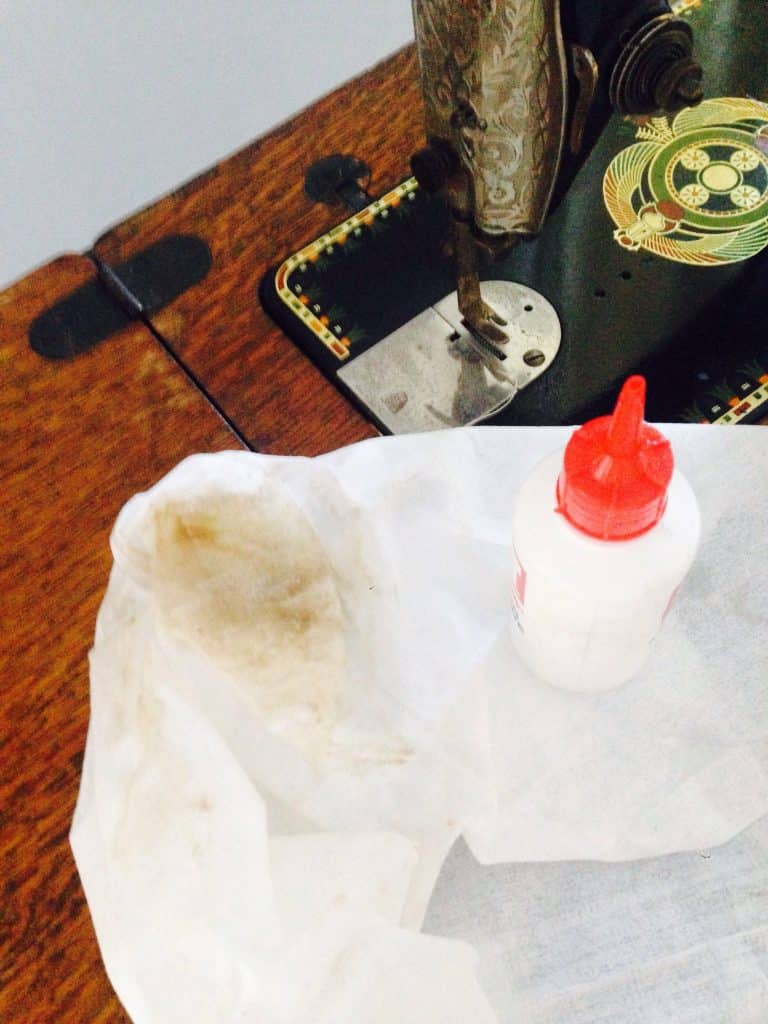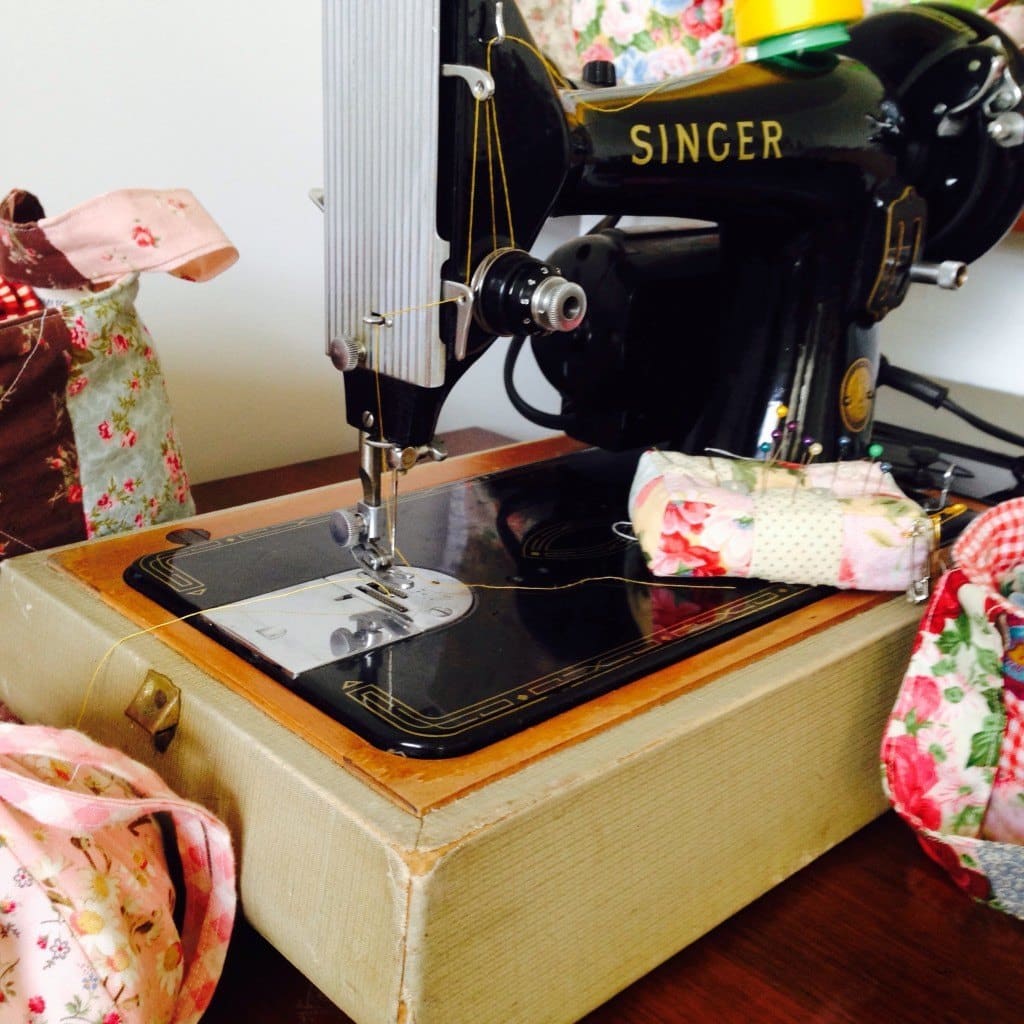Sewing machine troubles.
Jane Ward, I just read your comment this morning. I can sympathise! Jane is having tension trouble with her sewing machine. We all know that feeling. What’s wrong?
I know that feeling of frustration when the sewing machine begins to play up. It seems to come out of the blue, doesn’t it? For me it seems to always be that time when I just had to get something finished!
I just thought I would share what I have learned over the years and some solutions to the troubles. Think about it, often the sewing machine is like a car, we just want to drive it and are surprised when they are not working as they should. They need some maintenance too. And who knows, you just might save yourself some money!
I’ve noticed a lot of ladies at the first sign of trouble, they take their machine to be repaired, and not that there is anything wrong with that, but sometimes it’s worth going back to your sewing machine manual and just working through it. If it’s an electrical problem or computer problem of course then leave it to the experts!
First thing is STOP. It’s easy to keep repeating the same problem. These are the simple things to check.
Clean your machine. You never know what you might find.
Excess thread caught in bobbin race. Turn off power. Take out your bobbin. Spend some time. You might be surprised how much redundant thread, dust and lint can be in there. I have spent hours sometimes, just gently prizing it out with tweezers , little scissors or stitch cutter removing it. In this case as pictured below, this is not excess thread. It is a built in way of encouraging lubrication in a Singer 66K.
Check or change your needle. Is it correctly positioned. Is it blunt. This too can make a big difference.
Reevaluate the fabric, is that causing issues. Usually not with cottons but some synthetics are tricky.
Change your thread, definitely, re-thread the machine, recheck that it’s correct. Refill a fresh bobbin.
If al else fails. Sleep on it. It’s always better in the morning. I’ve found over the years that problems are much worse when I’m fatigued, and in the morning i can fix them in no time.
If it’s an older machine or has that capability, oil it according to the manufactures recommendation. This is especially important for older machines. Only use quality sewing machine oil.
My final suggestion is consider getting a second-hand or vintage machine as a back up. They are more simplistic in their construction but so strong and sturdy. A small investment might mean you can keep sewing, if your main machine should be out of action. A lot of people see no value in old machines and they just want to be rid if them. Really for the money spent it can be a great back up machine. But, choose wisely, you don’t want a liability.
I got one recently, for such a bargain, but, that’s another story 🙂





Thank you Susan. Unfortunately I have done all the above several times. I think it needs to see the doctor. My sweet Bernina has been with me for close to 20 years now and this will be our first doctor visit. We are a little nervous but I do miss my faithful companion. However, I will be pulling out one of my back up machines. I have not used either one. I bought my oldest dd a machine a couple years ago and she gave it back to me since she never used it and was to nervous to give it a try. The other machine is much older. I’m not ever sure what brand it is anymore. It is sitting in it’s case next to my couch hidden away. I’m tempted to give that one a try first!
Wish me luck!